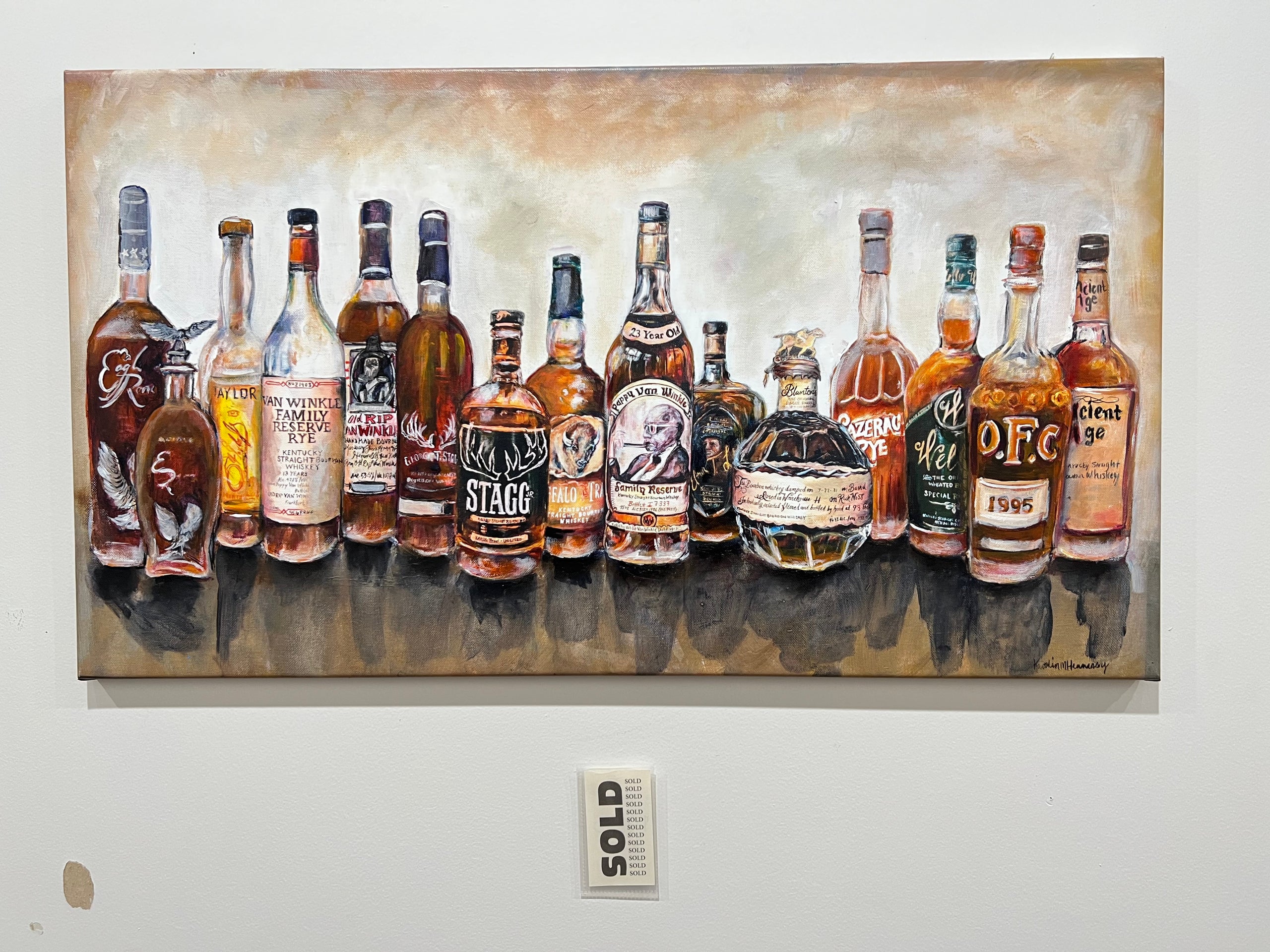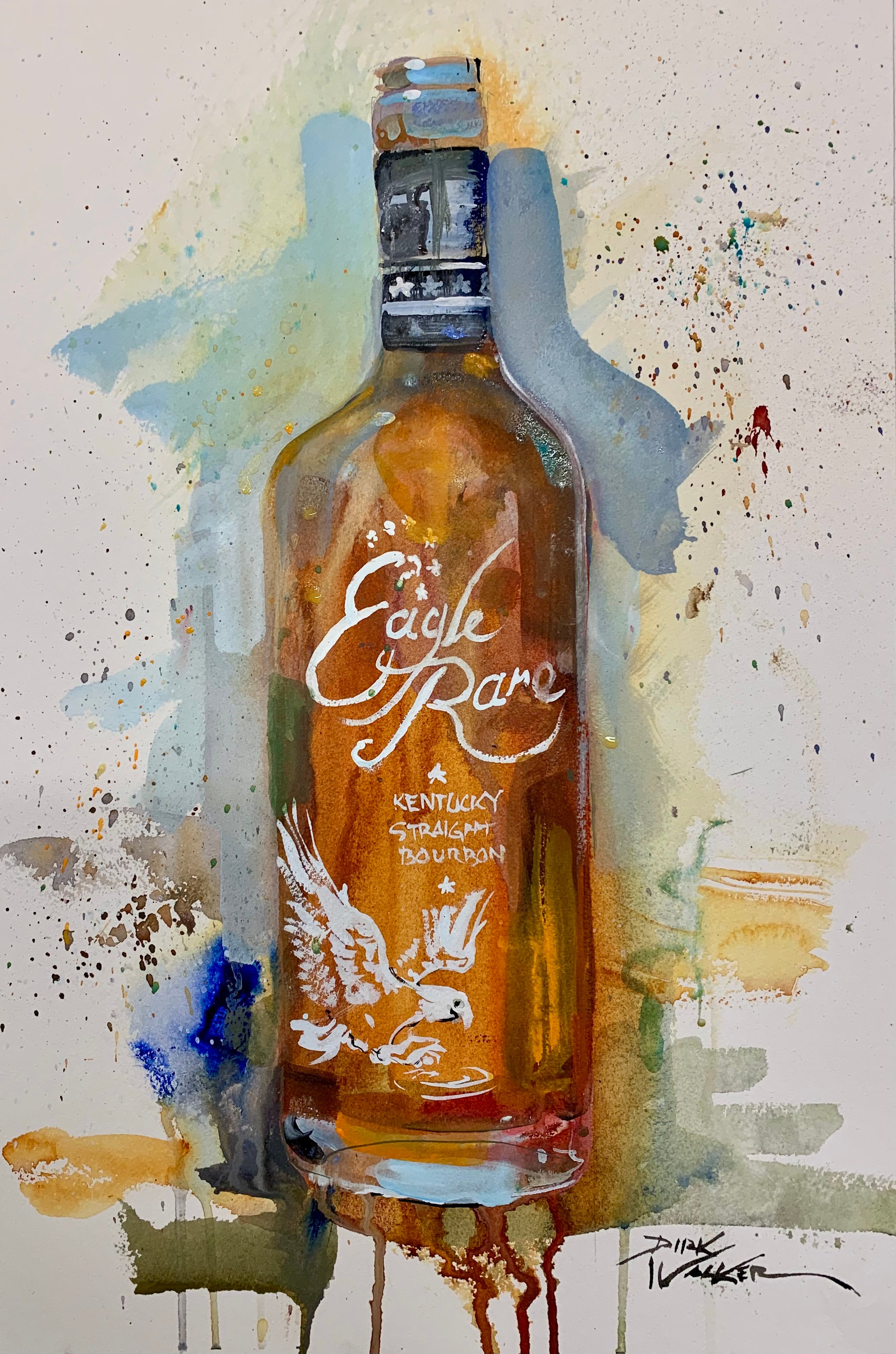Realism Art in the Whiskey Sector: Showing Moments of Distillation
The Relevance of Whiskey Art in Celebrating Heritage and Workmanship in the Beverage Sector
The intricate partnership between scotch art and the celebration of heritage and craftsmanship within the beverage sector can not be overemphasized. With attentively developed containers and tags, whiskey brand names envelop their historic origins and the artisanal skills that specify their manufacturing techniques. This creative measurement not only enhances market appeal however additionally serves as a conduit for cultural narration, fostering a deeper connection between the consumer and the craft. As we check out the various facets of this topic, interesting questions regarding the effect of modern-day trends on typical methods arise, prompting more evaluation.
The Historical Origins of Whiskey
At the heart of bourbon's appeal lies an abundant tapestry of historic origins that map back to old human beings. The beginnings of scotch can be connected to the purification practices of the Sumerians and Babylonians around 2000 BCE, where early forms of fermented grain drinks began to emerge. It was in the Center Ages that the art of purification progressed significantly, especially in Ireland and Scotland, leading to the production of bourbon as we recognize it today.
The term "scotch" itself originates from the Gaelic word "uisce beatha," meaning "water of life." This phrase highlights the social value of whiskey in Celtic societies, where it was usually connected with routines, events, and common bonding. By the 15th century, distillation came to be a recognized craft within reclusive areas, paving the way for the facility of legal distilleries.
As trade courses broadened, whiskey's popularity grew, going beyond regional borders and catching the passion of lovers worldwide. Realism Art. This historical journey shows not just the workmanship behind scotch manufacturing but also its indispensable role in cultural and social contexts, noting it as a substantial beverage throughout history
Artistic Expression in Branding
Scotch branding stands as an engaging crossway of virtuosity and commerce, where aesthetic identity plays an important role fit customer understanding. The appearances of whiskey labels, product packaging, and advertising materials reflect not just the brand's tale but additionally its core values and heritage. With artistic expression, distilleries communicate a narrative that resonates with customers, stimulating feelings and stimulating links.
Making use of color, typography, and images in branding serves to separate products in a saturated market. Typical motifs may stimulate a sense of credibility and workmanship, while contemporary styles can symbolize innovation and forward-thinking. This strategic creative instructions boosts brand name acknowledgment and loyalty, allowing customers to create a personal connection with the bourbon they select.
In addition, artistic expression in branding frequently functions as a party of local heritage. Distilleries often incorporate neighborhood signs or historic referrals right into their styles, developing a feeling of location that welcomes customers to take part in a broader cultural experience. Inevitably, the virtuosity behind bourbon branding not only boosts visual appeal yet additionally enhances the overall story of the brand, fostering a deeper gratitude for the craftsmanship and heritage embedded in each bottle.
Craftsmanship in Bottle Layout
The creativity evident in scotch branding expands past visual identity to include the workmanship included in bottle layout. Each bottle acts as a vessel not just for the spirit within, yet likewise for the story it outlines its quality, practice, and beginning. The style procedure calls for thorough interest to information, as components such as product, shape, and closure add substantially to the general assumption of the whiskey.
Craftsmanship in bottle design entails choosing high-grade glass that can enhance the whiskey's shade and clearness, while likewise giving a tactile experience for the consumer. The shape of the container have to be both practical and cosmetically attractive, usually showing the heritage of the brand name. Several distilleries go with distinct forms or embossed logos that evoke a sense of authenticity and history.
Moreover, the tag style and typography play an essential duty click resources in communicating the brand name's story. Whiskey Art. A well-crafted bottle not just astounds the customer's eye however also enhances the brand's dedication to top quality and tradition. In this method, the workmanship of bottle design ends up being an essential aspect of the scotch experience, merging virtuosity with an extensive regard for heritage
Social Importance of Bourbon Art
Celebrating custom and workmanship, the social value of scotch art transcends mere visual appeals, intertwining with the historical and social stories of the regions from which it comes from. Each container offers as a canvas, depicting the one-of-a-kind stories, mythology, and customs that have actually shaped regional whiskey-making techniques. The elaborate layouts typically mirror the heritage of the distillers, including icons and concepts that resonate with the culture and worths of their neighborhoods.

Furthermore, scotch art plays an essential role in common celebrations and events, working as a concrete web link between individuals and their shared experiences. By appreciating the artistry in bourbon packaging, consumers grow a much deeper understanding and regard for the craft, eventually improving their enjoyment of the beverage itself.
Modern Trends in Bourbon Discussion
Over the last few years, the presentation of bourbon has advanced to reflect modern preferences and patterns while still recognizing traditional craftsmanship - Limited Edition. Distilleries are increasingly concentrating on aesthetic aspects that boost the total alcohol consumption experience, linking the gap in between heritage and modernity
Innovative container styles have emerged, frequently including lasting products and creative tags that inform compelling stories. Many brands currently team up with regional musicians, infusing their products with special aesthetic expressions that reverberate with consumers. Additionally, limited-edition releases are usually packaged in collectible containers, including value and charm for connoisseurs.

Conclusion
To conclude, bourbon art serves as a vital conduit for revealing the heritage and workmanship fundamental in the beverage market. Via elaborate branding, cutting-edge container layouts, and culturally considerable creative elements, bourbon brands efficiently honor their traditions and attach with customers. This imaginative narrative not just raises the recognition of bourbon yet likewise strengthens area identification and satisfaction among manufacturers. Inevitably, scotch art plays an essential role in preserving and commemorating the abundant cultural tapestry of whiskey-making.


Craftsmanship in bottle design entails selecting high-grade glass that can enhance the whiskey's shade and clearness, while additionally giving a responsive experience for the customer. In this method, the craftsmanship of bottle design becomes a vital facet of the whiskey experience, combining artistry with a profound respect for heritage.
In conclusion, scotch art serves as an essential channel for expressing the heritage and workmanship intrinsic in the drink sector.